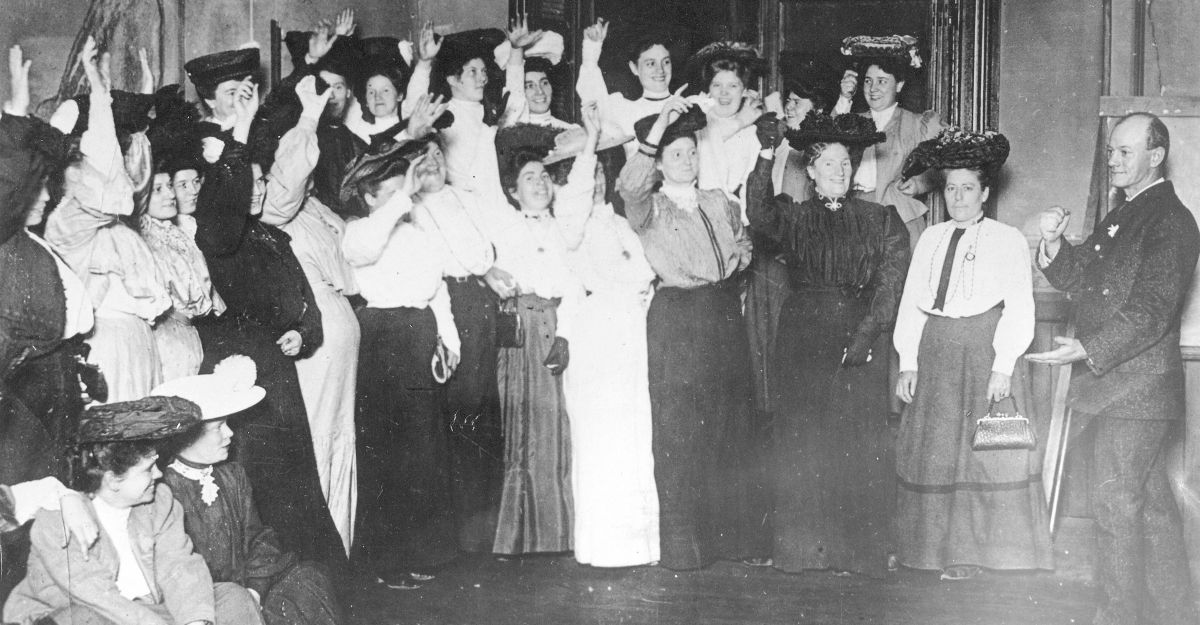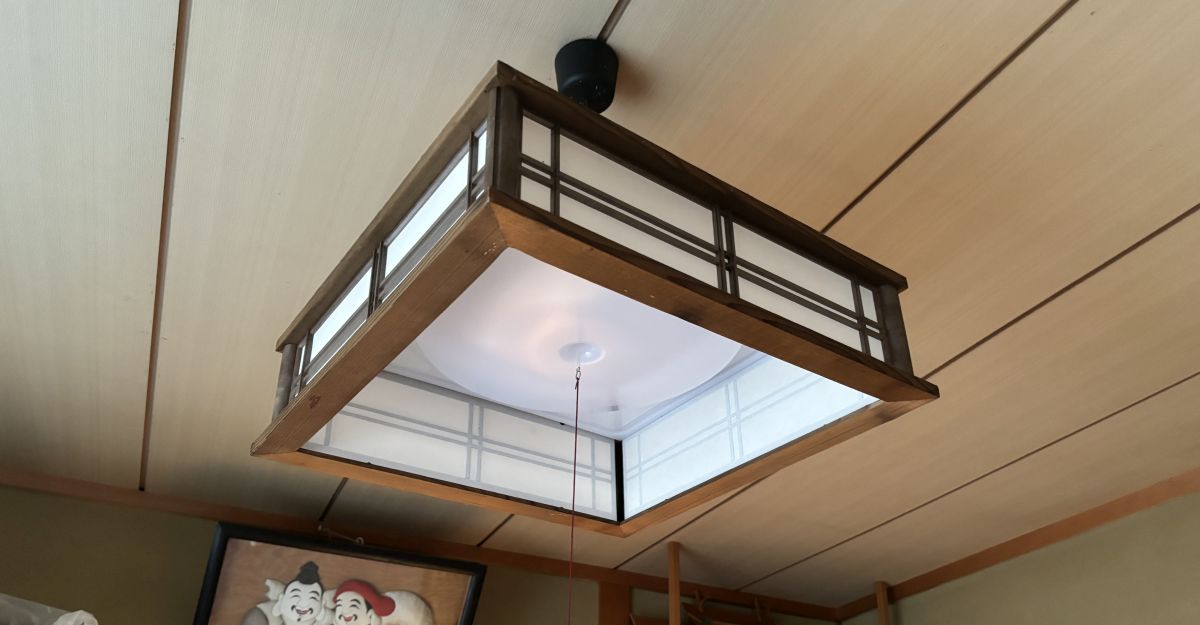I was reminded of it last night when Brian Ritchie, former bass player for the Violent Femmes and curator of Tasmania’s newest and most talked-about museum’s Festival of Music and Art, was a guest on the Hobart edition of ABC’s Q&A. The discussions about MONA on that episode – like the majority of profiles on the museum and its creator – were unfailingly positive. Upfront about and yet accepting of the challenging content, the panellists talked about how good MONA had been for the local economy and for the social landscape, and how wonderful it was that the museum had been embraced by the famously conservative Tasmanian community.
Still, something bugged me.
It’s not that the man who owns and runs MONA, the strange and reclusive David Walsh, made his enormous fortune gambling. It’s worth noting (although it’s by no means the end of the debate) that MONA’s existence is only possible due to that private bankrolling – the $80 million building houses a $100 million art collection and costs an estimated $7 million annually to run, and yet the museum was free entry to everyone until October last year. (On the day we visited, in May 2011, the young guy at the ferry gate told us it was making an annual loss of something closer to $10 million.)
It’s not even the scatological, explicit, irksome or onanistic nature of so much of the content. There’s a lot to like in there. One of the most beautiful pieces by far is a sculpture of a taxidermied bird, falling through thousands of dandelion seeds, suspended on taut, translucent threads from floor to ceiling. The most prominent piece in the collection – if only because of its size – is Sidney Nolan’s extraordinary 1620-frame work Snake. I felt I could stand in front of it for hours, and yet, seeming to care less about the work itself than its potential as a drawcard, Walsh said of the 45-metre giant: ‘It was designed to lure people in, and then I get to make any statement I want.’
It’s that message – or more precisely, the lack of it – that bothers me.
Deliberately structured around a subversion of hierarchical education systems, MONA shirks framing in the traditional sense, arranging the items in its collection without labels and with deliberate disregard for context. In the juxtaposition of old and new, sublime and ridiculous, the individual works are stripped of their history and any externally imposed contention. Whether the juxtaposition is insulting or simply jarring is a debate in and of itself. Aesthetic or conceptual links are deliberately ruptured or confused. Viewers are provided only an iPod guidebook which may or may not have an interpretation of the piece (‘art wank’) included.
‘It’s like a rich man’s soapbox,’ the Australian quoted Walsh as saying. ‘I’m standing on my soapbox and I’m shouting my views like they mean something.’
Walsh claims he structured the museum this way because he wants to make people think, but in some ways this seems like a cruel trick: such juxtaposition can’t help but undercut the work with meaninglessness. You came here because you care about art, it seems to be saying, because you’re interested by art, because art makes you think and feel and grow and learn and change. But these things you care about are as arbitrary and transient as those words dropping from Julius Popp’s Bit.Fall installation: Politics. History. Peace. Justice. Gotcha.
In the subcultures I inhabited as a teenager, ‘alternative’ also meant sex and death, a kneejerk rejection of the status quo. We were obsessed with the visceral and the animalistic because it rendered the perfunctory rituals of everyday life – jobs and money, schoolwork, pop music, fashion, everything from peer pressure to politics – absurd. It reminded us that we were temporal. We might be alive but we are cogs in a machine. Critical and theorised in only the crudest way, we rushed towards the ‘other’, whatever the ‘other’ happened to be, simply because we were dissatisfied with what we had. But such incessant focus on the quickness of life/death, coupled simply with rejection, no matter what that was or meant, seemed to lead inevitably to nihilism. Those people I knew who embraced existentialism did so because it gave them an excuse not to care about anything. Instead of taking full responsibility for the burden of their own life’s meaning, on how their actions affected other people and themselves, they slid into emptiness and apathy. There was no point to politics or society, there was no point in arguing or struggle for change, there was no point in caring about other people when there was no point in caring.
‘I’m pretty well anti-everything,’ Walsh says.
That the Tasmanian community has come to claim this thing that, at least in part, seems to have been set up as a comprehensive ‘fuck you’ to establishment and established model, is perhaps a positive development. Much of the positive commentary around MONA seems to be couched in discussions about the state’s pervasive social conservatism and the business enterprise opportunities that this new institution might present. And perhaps MONA has, as Natasha Cica suggested on last night’s show, meant the ‘arrival of a critical intensity’ in the community. People who once shied away from certain kinds of confrontation are now embracing new ideas, and that can only be a good thing.
Nevertheless, I still can’t shake the feeling that this ‘temple of secularism’ is, at its core, a monument to reaction.






